
The ancestral artistic talent of the Mehinako indigenous people
The Mehinako group are indigenous people from the upper Xingú River region, in the state of Mato Grosso, south of the Brazilian Amazon rainforest. Just over 200 indigenous people make up this group, which has survived the expeditions of European and Brazilian researchers since the end of the 19th century. Currently, the Mehinakos are one of sixteen ethnic groups that live in the Xingu Indigenous Park nature reserve. Together with the Waurá and Yawalapiti ethnic groups, they belong to the Aruak linguistic family group.
Excellent artisans, the Mehinakos preserve their traditional artifacts. The men are responsible for making wooden benches, masks and beiju shovels, in addition to the final lashing of baskets. The women make buriti yarn, hammocks, baskets and mats.
The raw material used to make hammocks and baskets is the straw of the Buritizeiro, a palm tree typical of the Amazon region, found at the edges of rivers and lakes. For this, the older men of the tribe walk more than 10 km in the forest in search of this tree that reaches 35 meters in height.
The use of a hammock to sleep is a tradition that still exists in indigenous ethnic groups. They used to call them “ini”. Mehinako hammocks are made of buriti fibre and coloured cotton wefts. They are made with a single buriti thread that has no seams. For this craft work, the women of the tribe spin a huge roll with the fibre. Then, they produce the hammock and finally intertwine their wefts with coloured cotton. Due to the extensive work of producing buriti yarn, assembling the warp and weaving, a hammock takes months to complete. A true masterpiece.
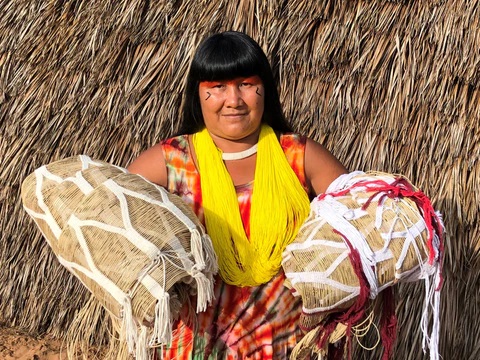
Among the different types of Mehinako baskets are the Kuño baskets, articles originally used to serve food, as a colander or to collect fish after fishing. They are recognised, however, as a work of art and decorative pieces due to their mastery in manual work and the use of graphics that refer to elements of Mehinako cosmology. To make them, the Mehinako women use the finest and most delicate fibre leaves of the buriti palm tree. They assemble the pieces weaving the straw ribbons in bamboo bows and then embroider the colourful designs with cotton threads.
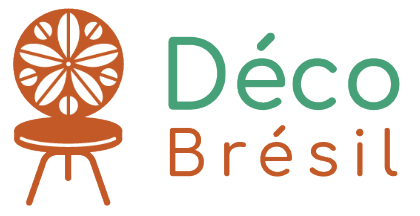
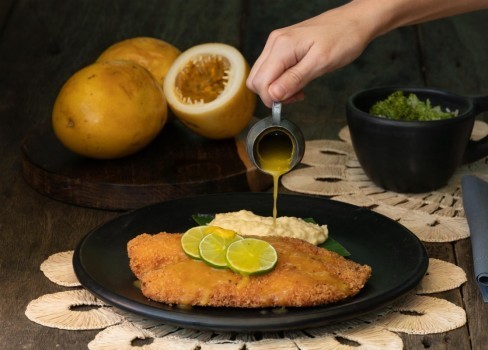
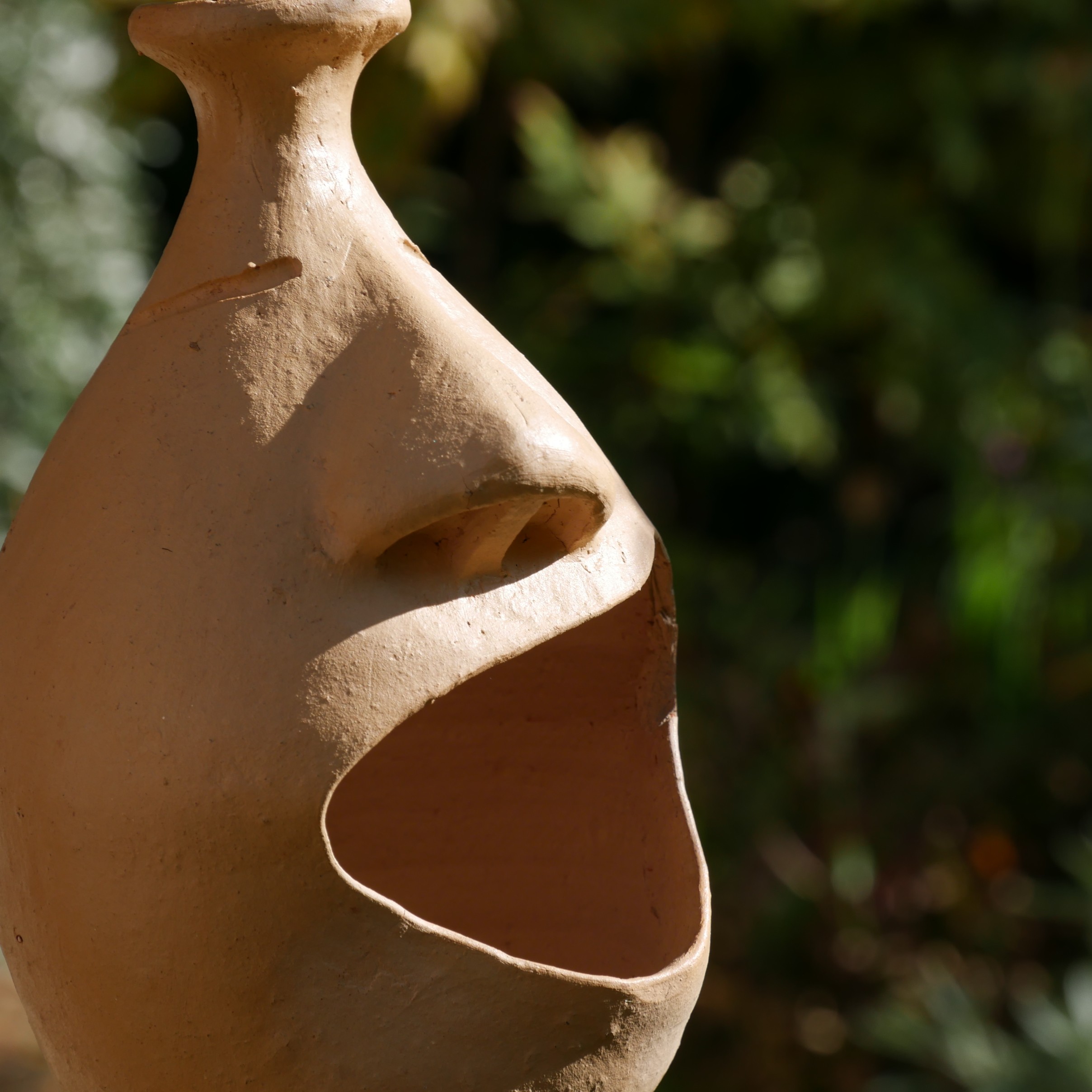
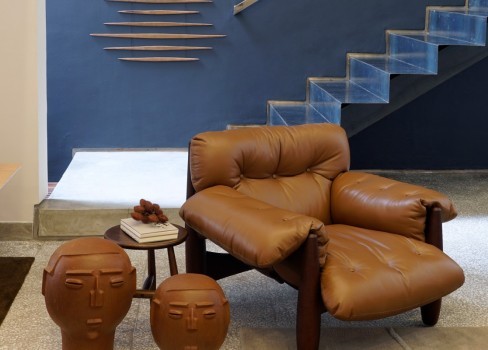



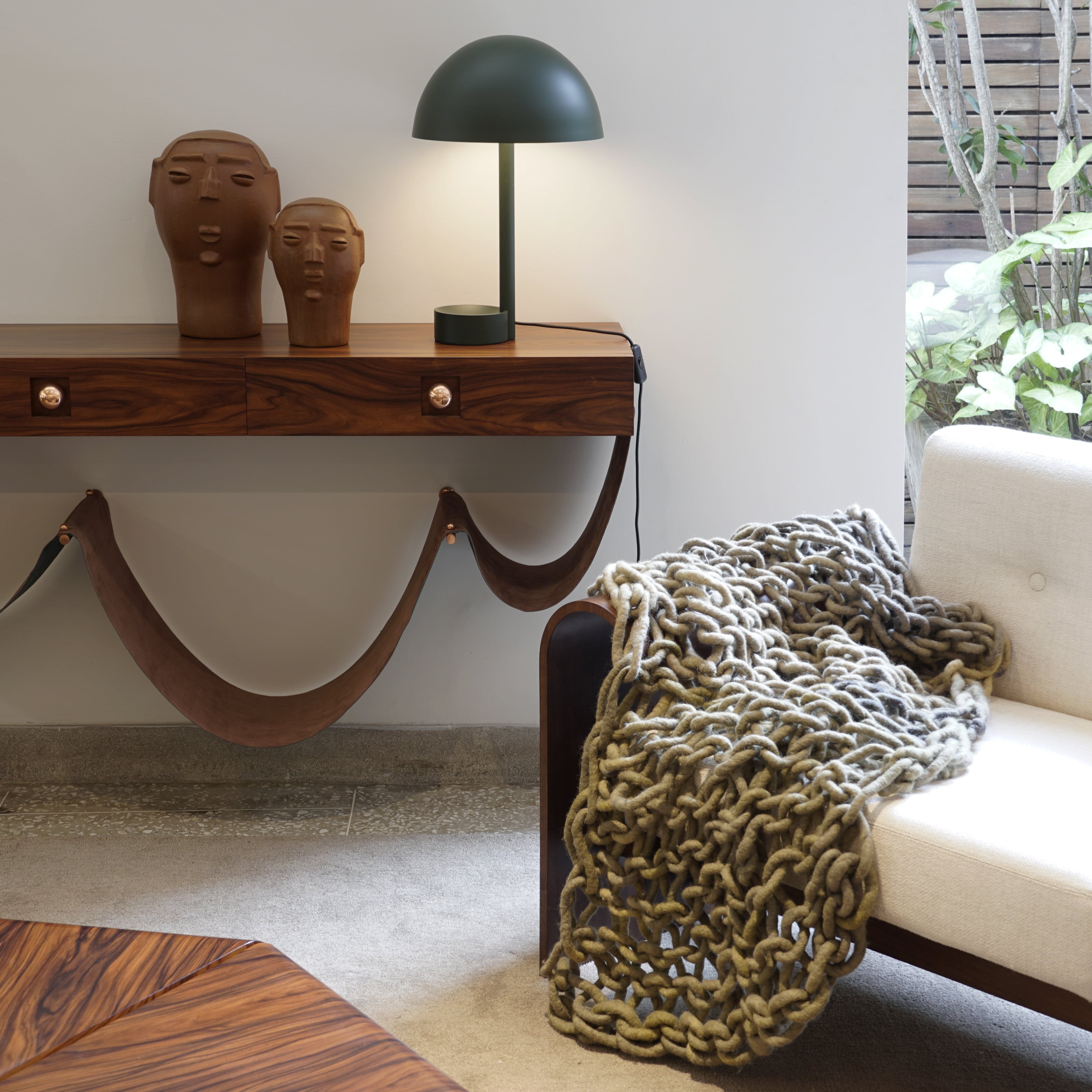


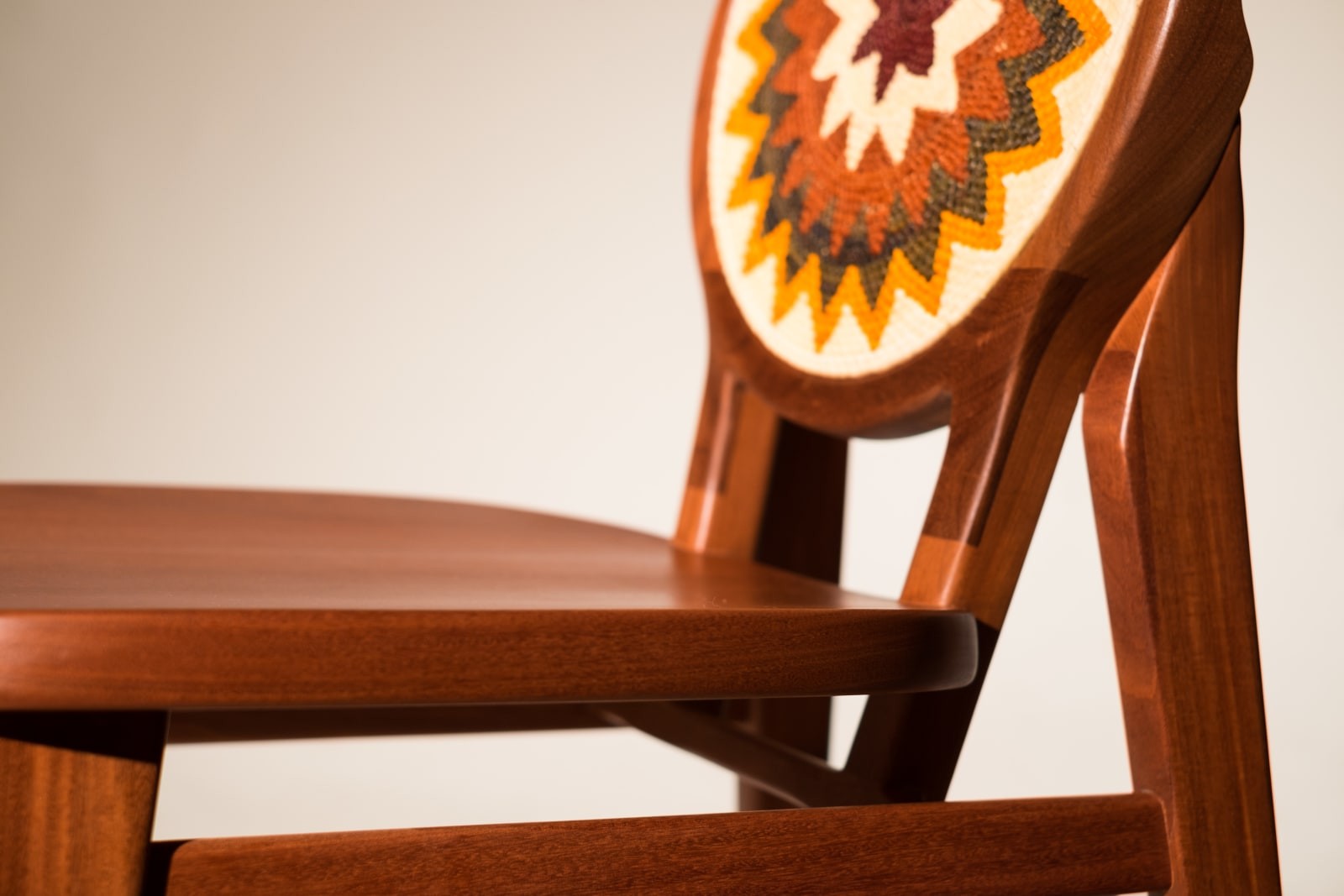
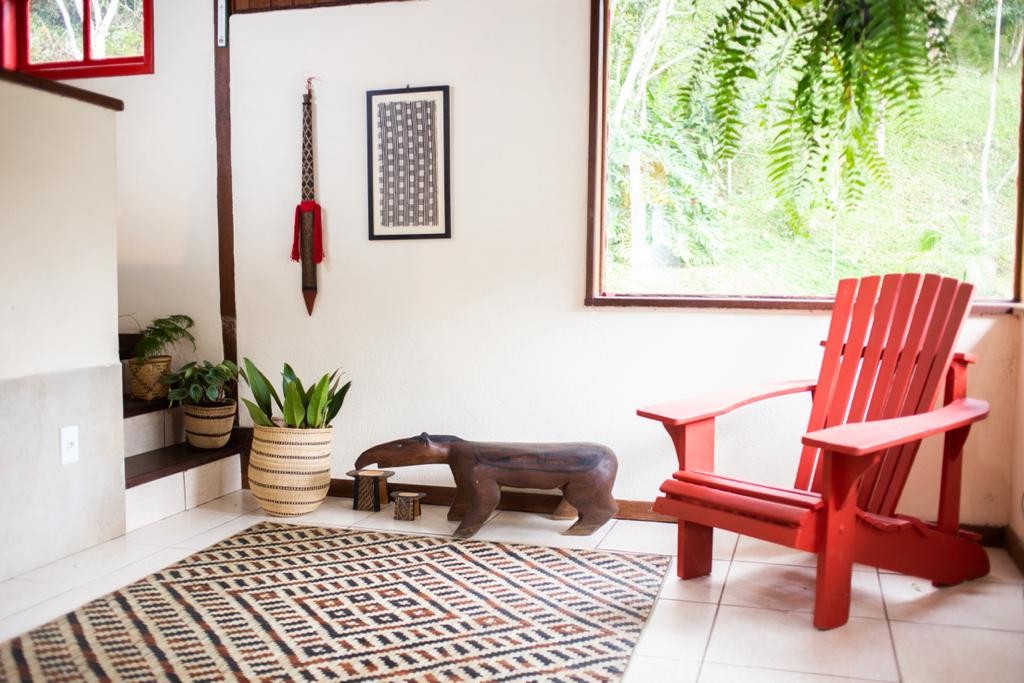
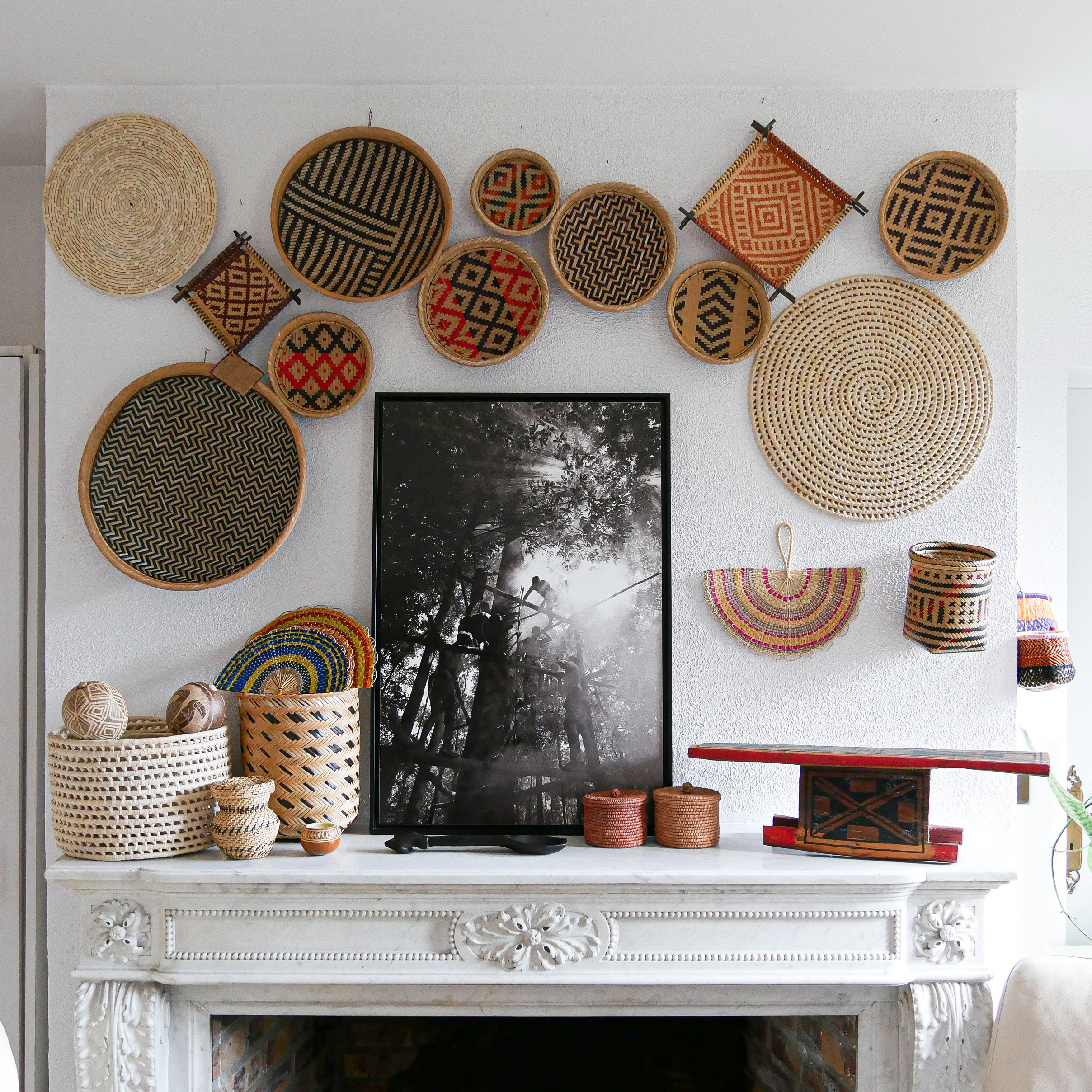

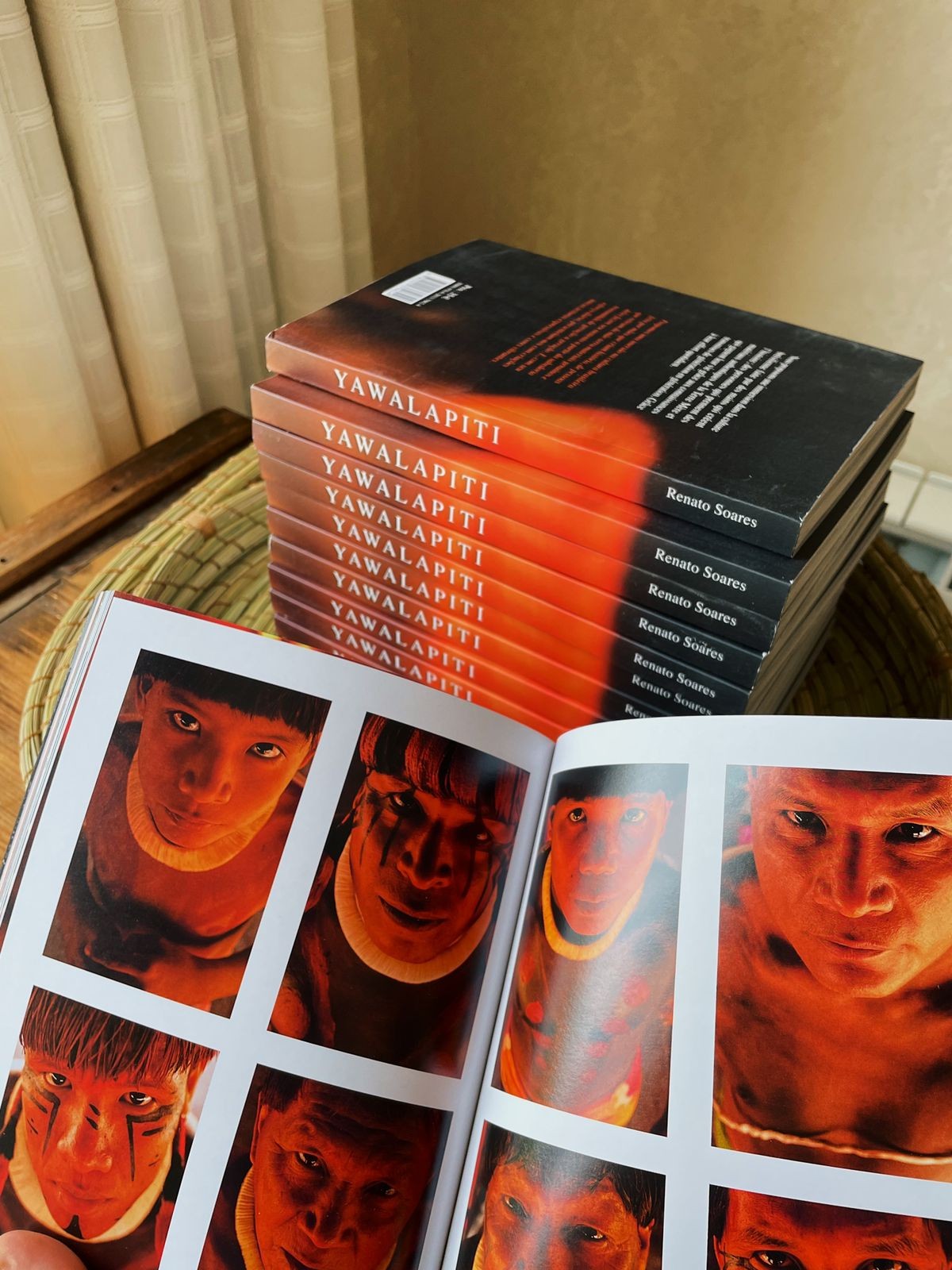



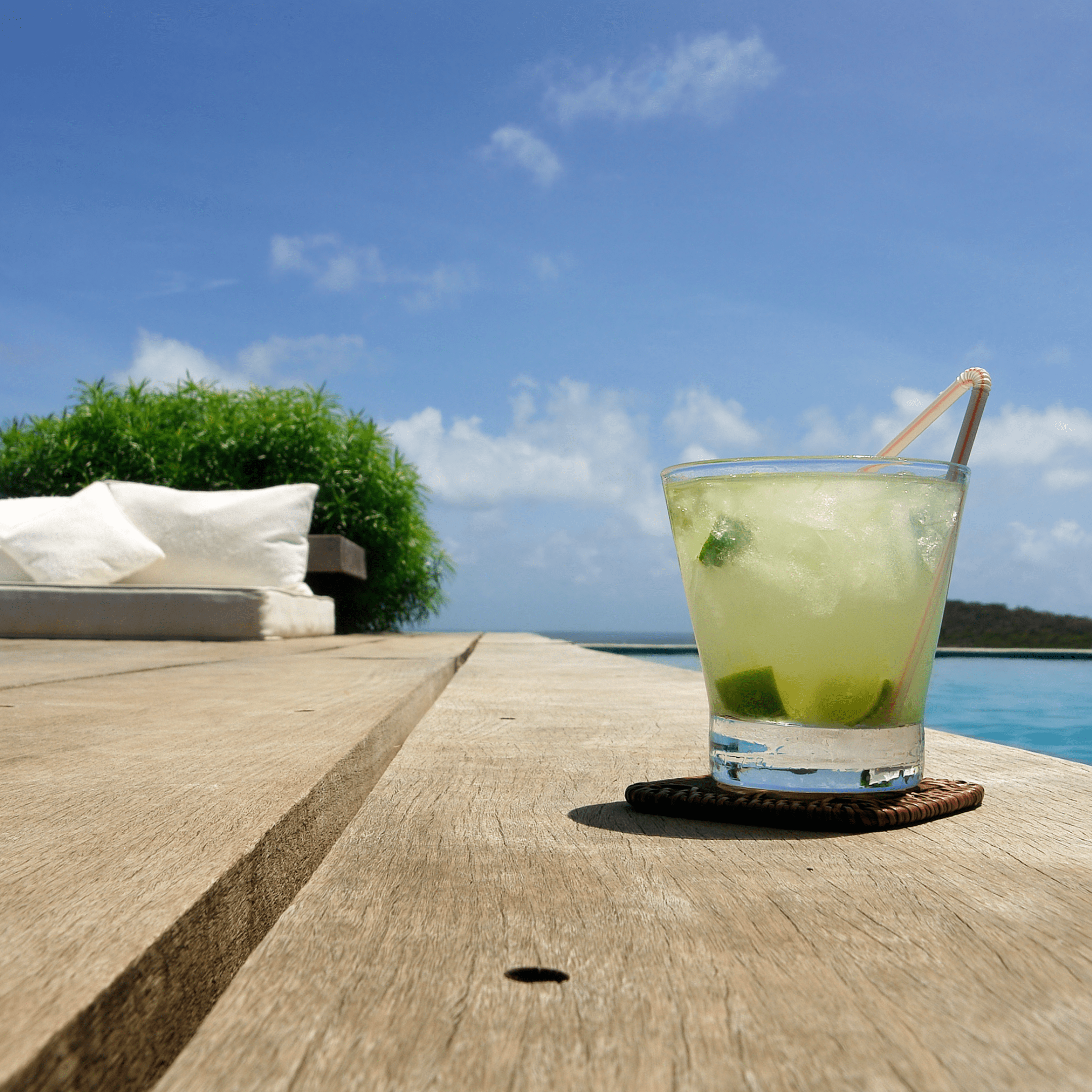
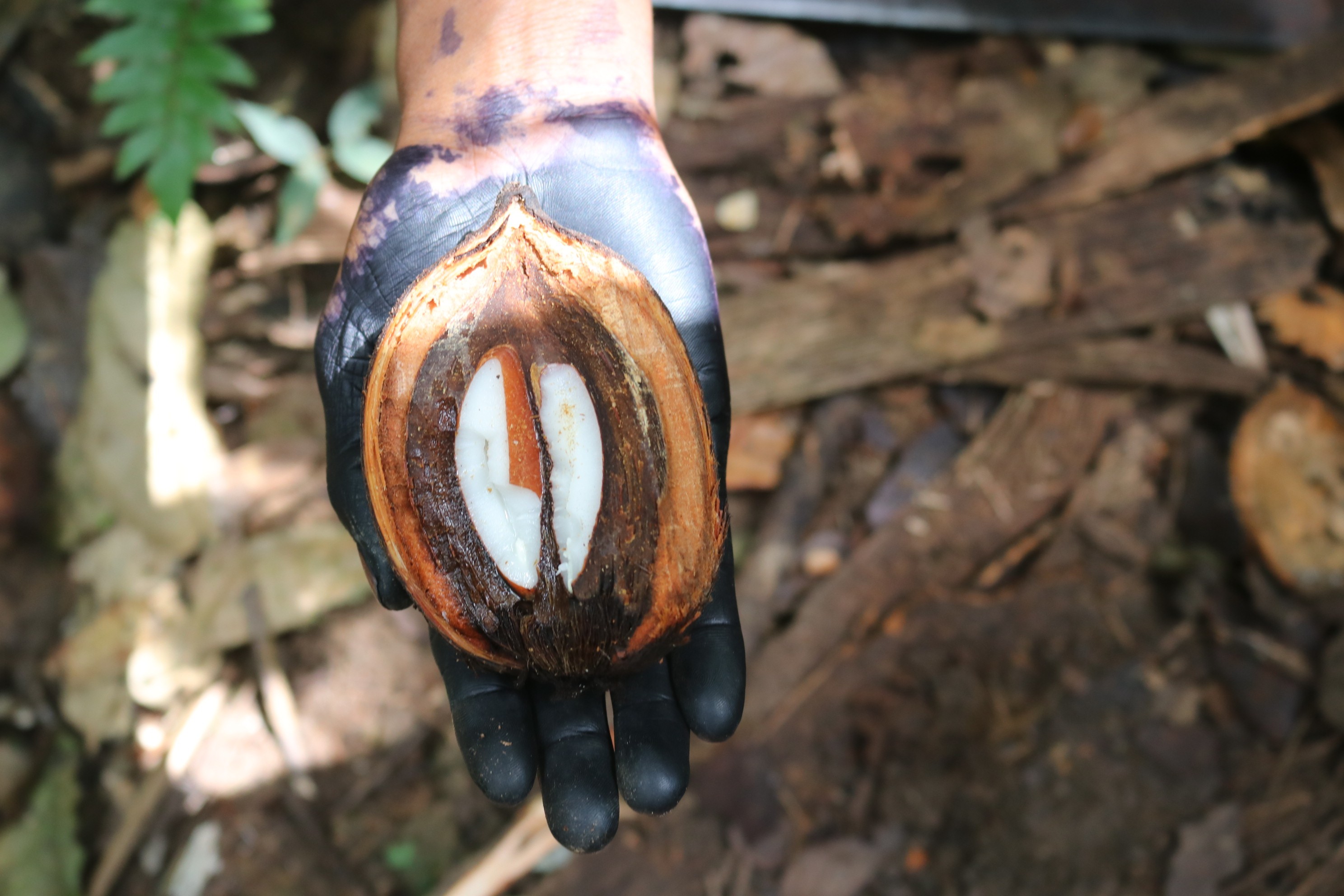


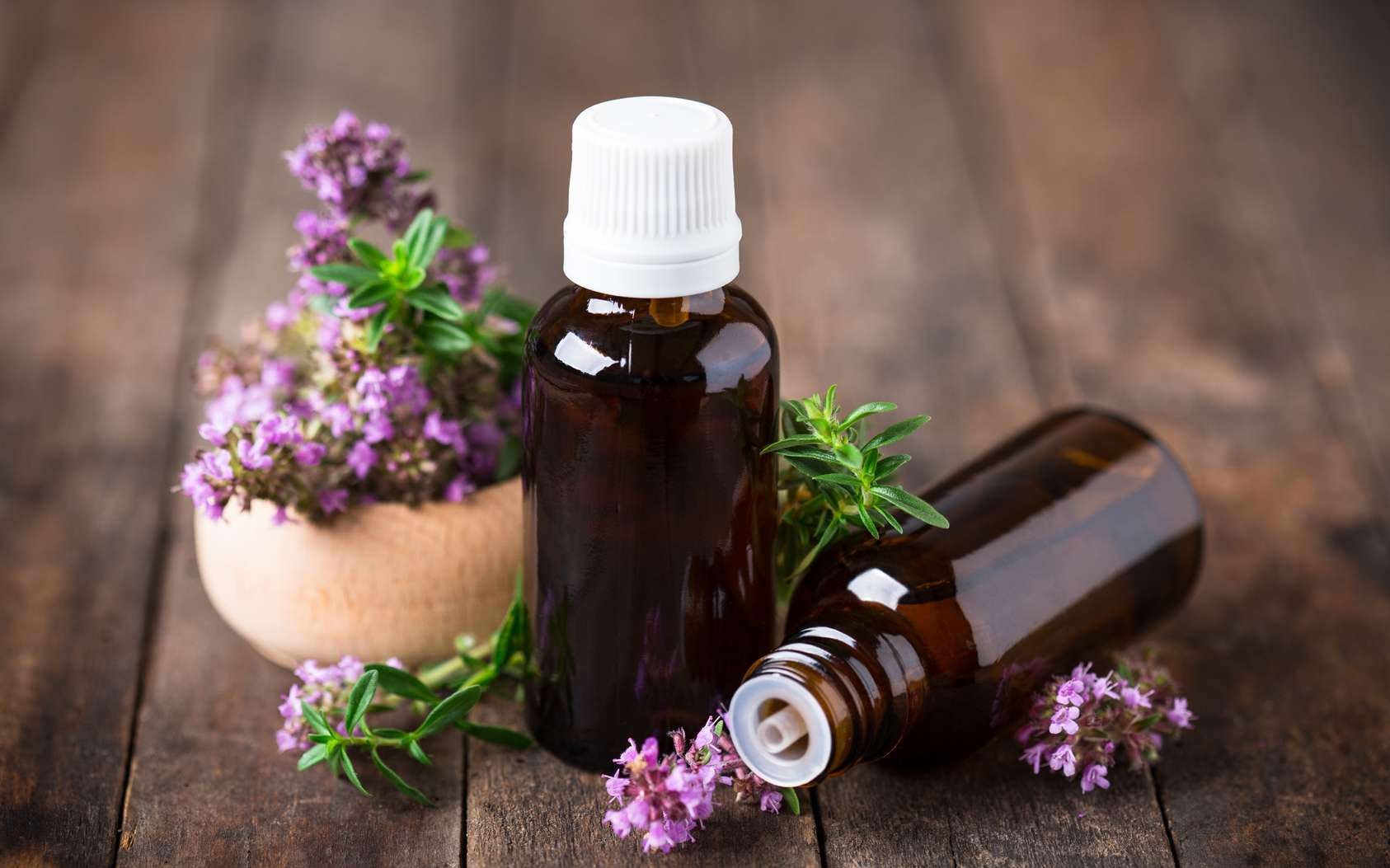

 Par Déco Brésil
Par Déco Brésil